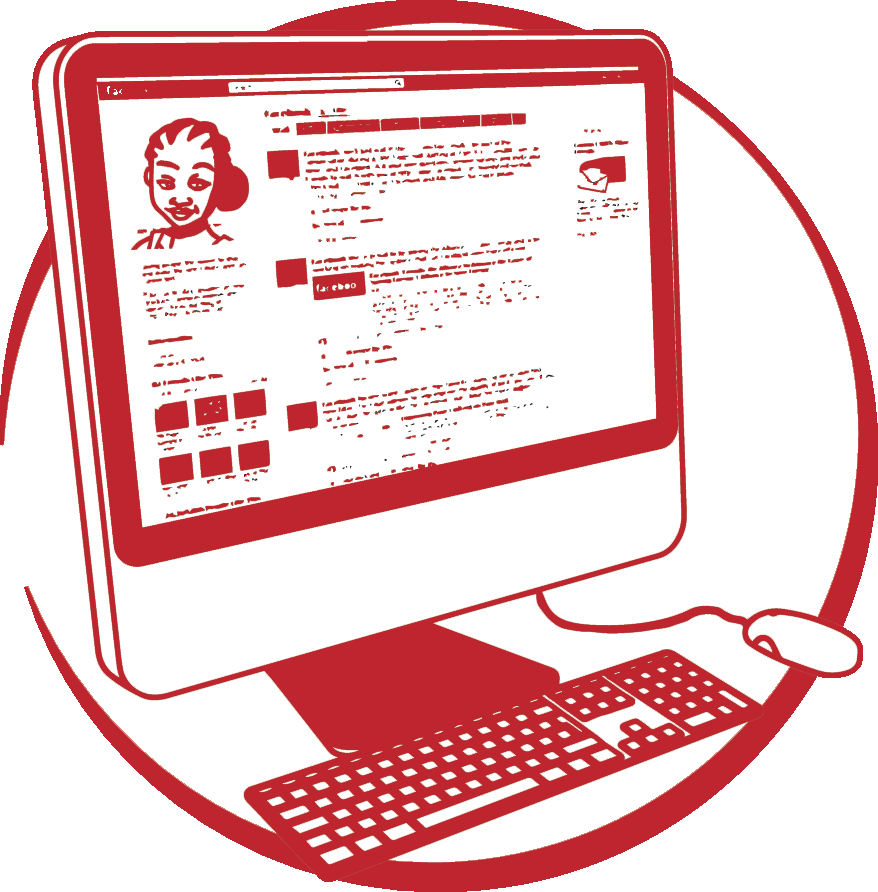Social Media
Part 2 > Essential Element 6 > Consider Communication Channel Pros & Cons for Use with Urban Youth > Social Media
What is it?
Social media involves using internet-based applications that encourage social interaction among people in which they create, share or exchange information and ideas in virtual communities and networks. Different forms include blogs and microblogs (e.g., Twitter), photographs or pictures (e.g., Instagram), social networks (e.g., Facebook, MXit, Badoo) and video (e.g., YouTube). It’s any online technology that lets people publish, converse and share content online.
Pros and Cons
- Social media is less expensive than traditional media, but does require someone’s time to monitor, create content and respond in a timely manner.
- Free applications and sites are abundant, but access requires reliable Internet and technology is less universal at this time in parts of Africa.
- Information-sharing with a wide network is made quick and easy, but this can jeopardize privacy and confidentiality.
- Reaching young people can be made easier with social media, but trusting, meaningful relationships are often developed in person.
- Content on social media sites can be generated by anyone, but the quality and accuracy of content is threatened if it is not checked by an expert consistently.
 Reminders for using social media
Reminders for using social media
- Create content that is engaging and worth talking about or sharing with others.
 Hire youth to design and manage social media sites.
Hire youth to design and manage social media sites.- Learn about the sites and applications that your intended audience use and utilize those to reach them.
- Learn how your audience uses the applications and sites (e.g., what do they share on Facebook—images, quotes, poems or their own messages?).
- Consider the Internet speed in your country and whether it will be able to sustain heavy graphics, videos, animated images or interactive activities, and think about using packages that do not require a very fast Internet connection.
Example
YoungAfricaLive (South Africa) is a portal that is entertainment-oriented, fun, interactive and provocative. The platform shares information and educates, generates discussion and promotes HIV testing. It welcomes youth to dialogue about SRH with guest bloggers and live chats with doctors and relationship experts.
Considerations for using social media in an urban environment
Even if they do not own a computer, urban adolescents can access social media sites in cyber cafes, at schools, in libraries or on mobile phones.


